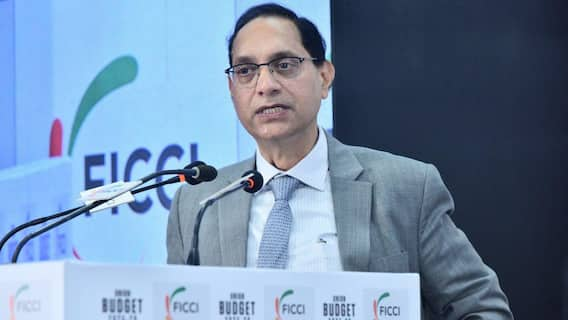India's Plan To Delay Closures Of Coal-Based Power Plant Amid Crisis May Hit Climate Goals: Report
Currently, India has about 204 gigawatts of coal power capacity and the plans under discussion would see that total expand to more than 250 gigawatts over the next decade

The government’s move on adding newer sites for coal-based power plants across India would keep fossil fuel capacity higher for years and potentially stop efforts to hit climate goals, news agency Bloomberg reported on Thursday. According to the report, the Centre is studying a slower retirement of aging coal-fired power plants in the country.
Quoting sources privy to the matter, Bloomberg said that the officials are considering a proposal to shutter less than 5 gigawatts of existing capacity by the end of the decade as the country grapples with surging power demand and a global energy shortage. That compares with plans drawn up in 2020 that proposed shuttering about 25 gigawatts by the same date.
Currently, India has about 204 gigawatts of coal power capacity and the plans under discussion would see that total expand to more than 250 gigawatts over the next decade, the sources said. No final decisions have been made, the sources confirmed.
Sunil Dahiya, an analyst with the Centre for Research on Energy and Clean Air, which supports the faster adoption of less-polluting fuels, said, “Any rupee invested in new coal infrastructure takes India away from its net zero goals,” while adding, “It will load the power system with redundant capacities and hinder investments in clean power projects.”
Dahiya said a pipeline of 30 gigawatts of coal projects that are in advanced stages of construction should be used to replace old and inefficient plants, and India should prioritize investments in expanding its grid and on decarbonisation projects.
India’s coal plants, which currently account for almost 70 per cent of electricity generation, would continue to handle peak evening power demand, even as solar and wind projects become increasingly able to fulfil day-time requirements, the sources mentioned.
India, the world’s third-largest emitter, doesn’t envisage hitting net-zero until 2070, and is aiming only for half of its electricity generation capacity to use clean fuels by 2030, giving the nation scope to continue relying on coal for decades more. Together with China, India frustrated efforts to set a date to phase out the use of unabated coal power at last year’s Glasgow climate talks.
The government aims to build 500 gigawatts of clean power capacity by 2030, and to ultimately become a global hub for solar, energy storage and green hydrogen. In the shorter term, ministers are seeking to ensure stable energy supply to consumers and industry.
With gas prices stubbornly high, many new hydropower projects proving too complex and a planned roll-out of renewables in its early stages, policymakers see a need to extend reliance on the country’s coal fleet. Other nations globally have also been responding to high demand and severe shortages of natural gas by burning more coal.
Trending News
Top Headlines













































